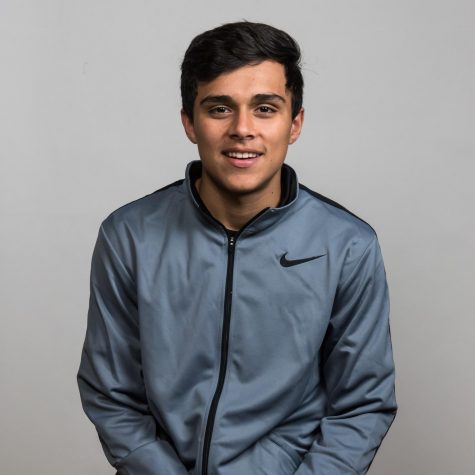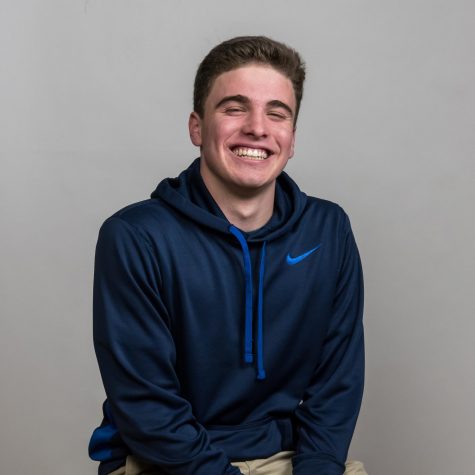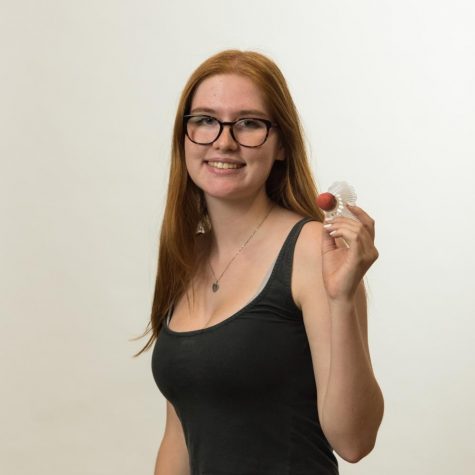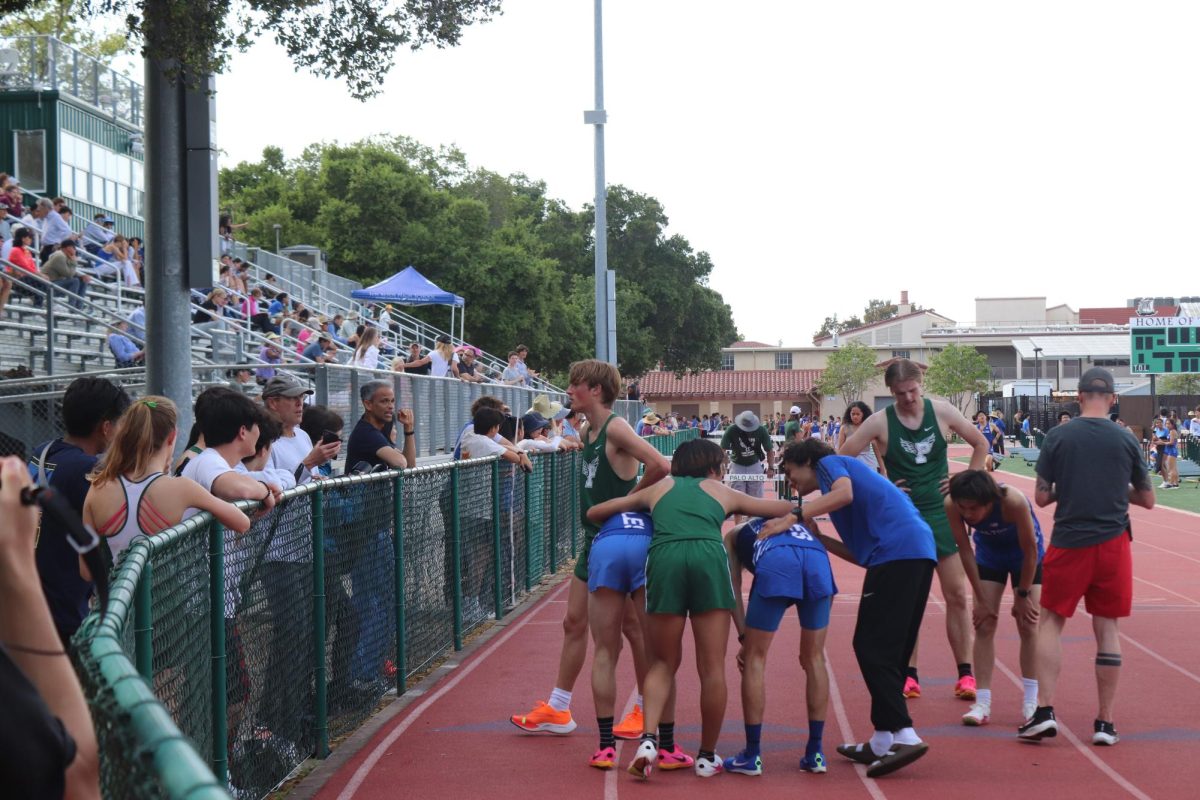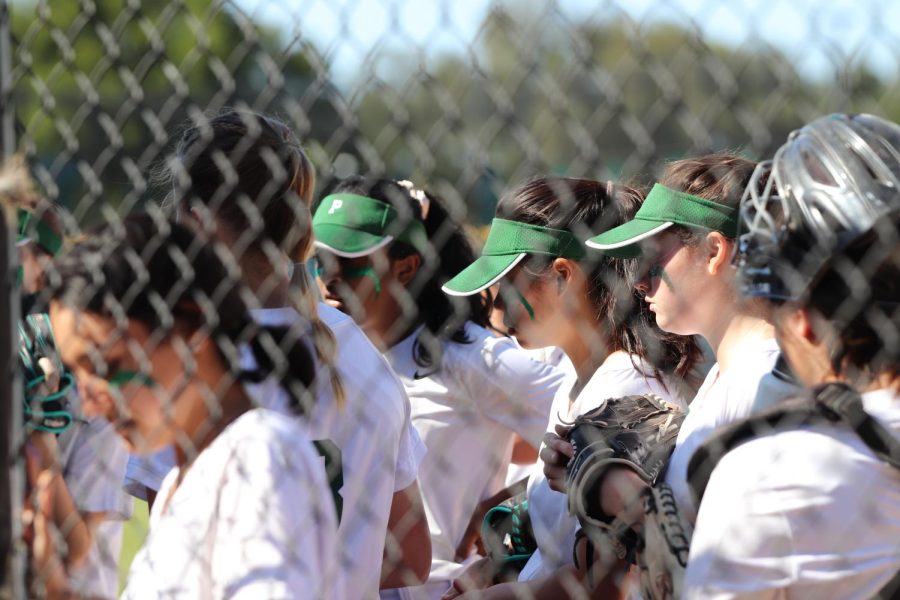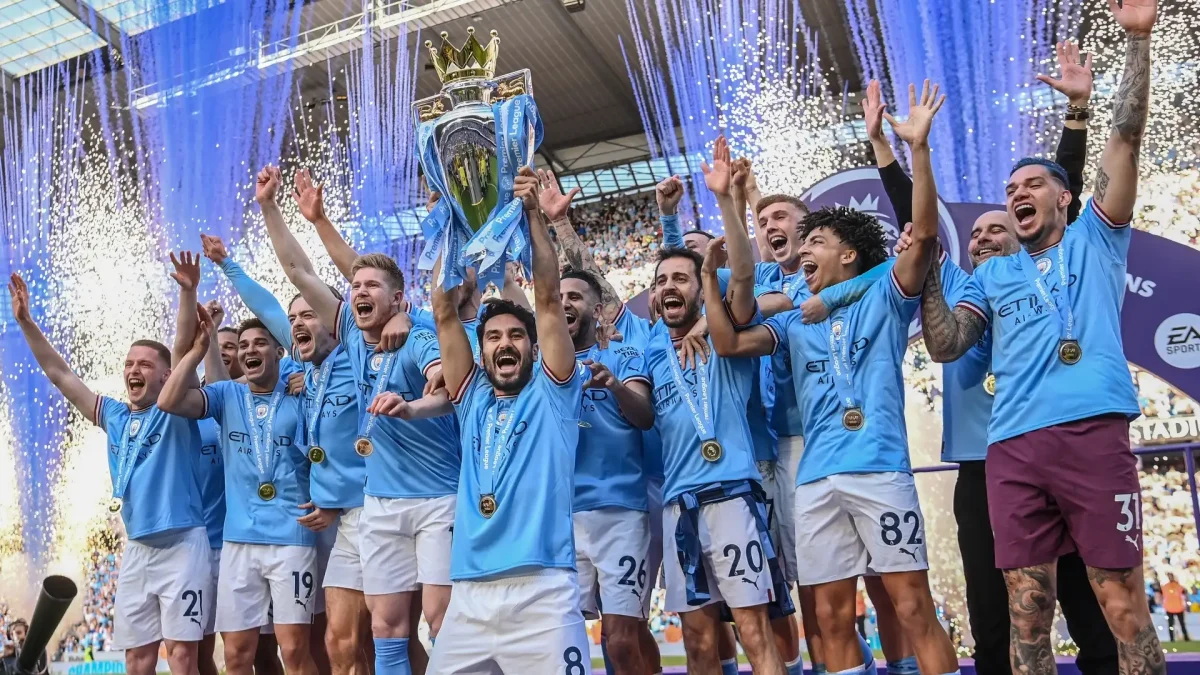Tear Terror
December 5, 2018
The ACL Tear
Jimmy Garoppolo steps back in the pocket. His receivers are heavily covered by the stingy Chiefs defense. Garoppolo leaves the pocket, attempting to make a run towards the end zone. Near the sideline, he cuts back towards the center of the field and immediately falls to the ground, grasping his knee. Garoppolo has suffered a devastating ACL tear, devastating for himself as well as the entire 49ers organization, solely from making one awkward step.
The ACL tear is an exceedingly common but also extremely dangerous injury across all sports. Millions of athletes lose functionality in their inner knees from this non-contact injury, and it often costs players their entire athletic careers.
The tear originates from the anterior cruciate ligament on the inside of the knee. Some athletes will solely lose cartilage or some functionality in this crucial joint ligament, while others will have a full tear in their ACL, requiring months of recovery. One problem with the ACL tear is the long recovery time. It takes months or longer for the ACL to fully recover and regenerate even with reconstructive surgery.
More than 70 percent of all ACL tears come without contact, meaning that the athlete was not touched by another player but still suffered the horrifying injury. Generally, the tear comes when the knee bends the wrong way, either to the side or behind its normal rotational space, snapping or damaging the ligament and causing the athlete to lose functionality in bending and putting weight on their knee.
According to Paly’s assistant trainer, Mark Huang, the main culprit behind ACL tears is change in velocity and direction, primarily cutting and planting. However, those are not the only factors that could lead to an ACL tear.
“Other examples could be just how your legs are shaped if your knees bend in and out, or hormonal imbalances, landing posture, or how much give and flexibility you have in your knee,” Huang said.
Another contributing factor is the type of sport an athlete plays. Certain sports are more likely to result in the tearing of the ACL such as “sports that involve a lot of running, but also a lot of planting and change of direction like soccer, football, lacrosse, field hockey, any sports that require high loads on the feet,” Huang said. “High load, and a rapid change in direction.”
The treatment and recovery of the ACL tear often are adjusted depending on the severity of the patient’s injury and has changed over the course of the last 100 years. When the ACL is fully torn, the surgeons will place an automated model of the ligament in place of the damaged one. The new ACL works just as well as the genetically generated ligament but takes months to mold into the patient’s knee. This forces many of those affected to take months off from putting weight on or making use of their knee to allow the new prosthetic ligament of fully function before using the knee.
Many high school athletes have suffered this unfortunate injury during their sports career. This includes Paly soccer player Kailee Correll (‘20), who fully tore her ACL during pre-season her freshman year. While trying to gain control of the ball, Correll “heard and felt a pop on the inside of [her] knee joint and fell backwards.” This injury resulted in a fully torn ACL along with a partially torn lateral meniscus, which made for a significant rehabilitation period.
“I had never had an injury as severe as this one, so the whole process was new and honestly a little frightening”, Correll said. Due to the severity of the injury, Correll’s recovery time was a little longer than the typical ACL injury, starting off with a surgery that left her afraid that she had been paralyzed.
“I woke up, panicked because couldn’t feel my entire left leg” Correll said.
While a numb feeling in the affected leg is not uncommon following an ACL reconstruction surgery, it is still an undoubtedly frightening experience. Despite this, for Correll, “the surgery itself was not the scariest part about [her] whole injury, instead, it was jumping and running for the first time”. This was because of the extreme level of uncertainty that came with the injury and subsequent recovery period. Thoughts of whether or not the next step she took would be the one that set her back a month in recovery time would constantly be in the back of her mind throughout the challenging period. Would she be able to keep playing the sport that had caused the injury in the first place? Would she even be able to regain the muscle that was lost due to the injury?
Thankfully, after almost seven months of intensive physical therapy sessions twice a week and very specific training instructions from her surgeon, Correll would be able to take up exercises focusing more on strength training in order to prepare herself for her return to soccer.
“[The torn ACL] made me more cautious of what I was doing, so when I’m playing there is sometimes a slight hesitation before going into a one v. one challenge” Correll said, speaking on how the injury has affected her negatively as a soccer player. But while having some clear negative consequences on her as a player, such as being less aggressive in some situations, her torn ACL has also made her focus more on strength and cardio training, which has attributed to making her an overall stronger athlete on and off the field.
Injuries amongst athletes even at the highest level are practically inevitable, and ones as severe as ACL injuries can be especially destructive and disruptive; while they will likely result in an exceedingly long recovery time, it is imperative to remember that the athlete will most likely be back, and possibly even better than before.
The UCL Tear
In addition to the infamous ACL Tear, the tear of the UCL, the equivalent of the ACL in the elbow, is incredibly common among baseball players. Many baseball pitchers will overuse their elbows in a game and rupture this ligament in the arm, requiring a year of recovery time after “Tommy John” surgery. Similar to ACL surgery, the UCL surgery replaces the torn or damaged ligament with a new one and takes time to mold into the arm. Many pitchers never pitch the way they could after this surgery, since they mentally and physically do not have the same internal structure. The only difference between the extremely complex Tommy John and ACL surgery is that a separate ligament from a different person is put into the elbow (or sometimes leg if the Tommy John repair is needed there) rather than a prosthetic one. This is good and bad, as it can bring back a player’s arm to full form, but can also take longer to mold into the new athlete.
The origin behind the name Tommy John Surgery for the repair of the Ulnar collateral ligament comes from legendary Dodgers pitcher Tommy John. In 1974, John went down with a devastating elbow injury and many thought his baseball career would be over. However, Dr. Frank Jobe discovered a possibility in repairing John’s elbow. Jobe decided to take a tendon from Tommy John’s forearm and replace the damaged UCL with this new body part. John recovered well after months of recovery and was still able to throw with the same power and precision as before the newfound surgery.
All in all, many baseball players fall victim to the unfortunate UCL tear and require a similar recovery as the ACL.




